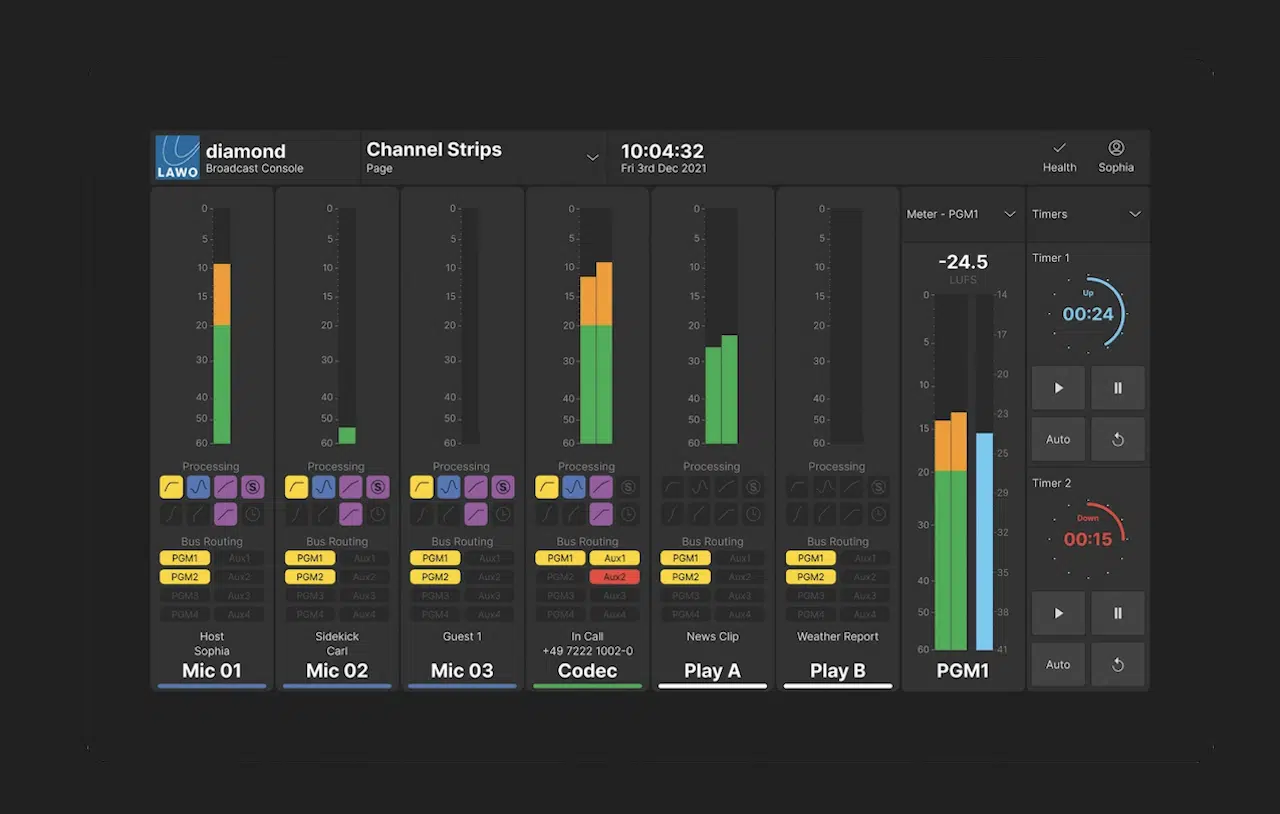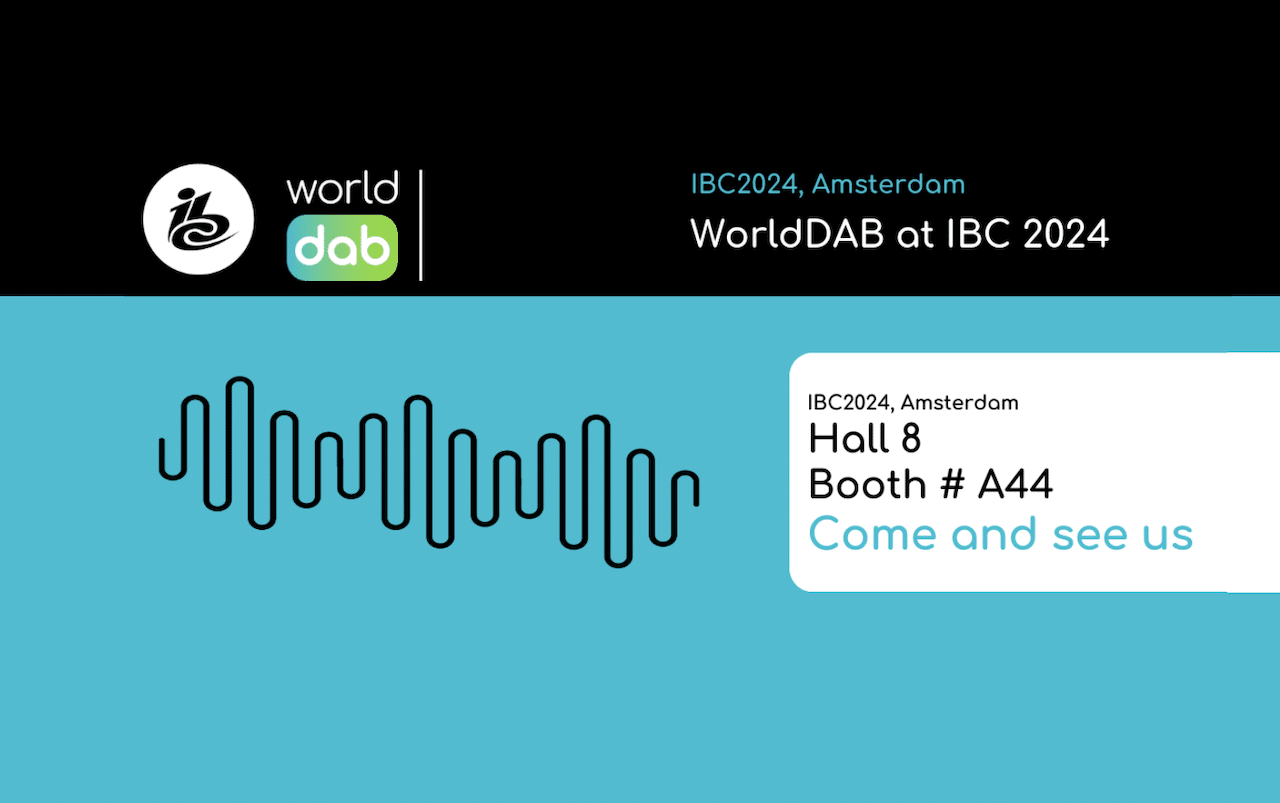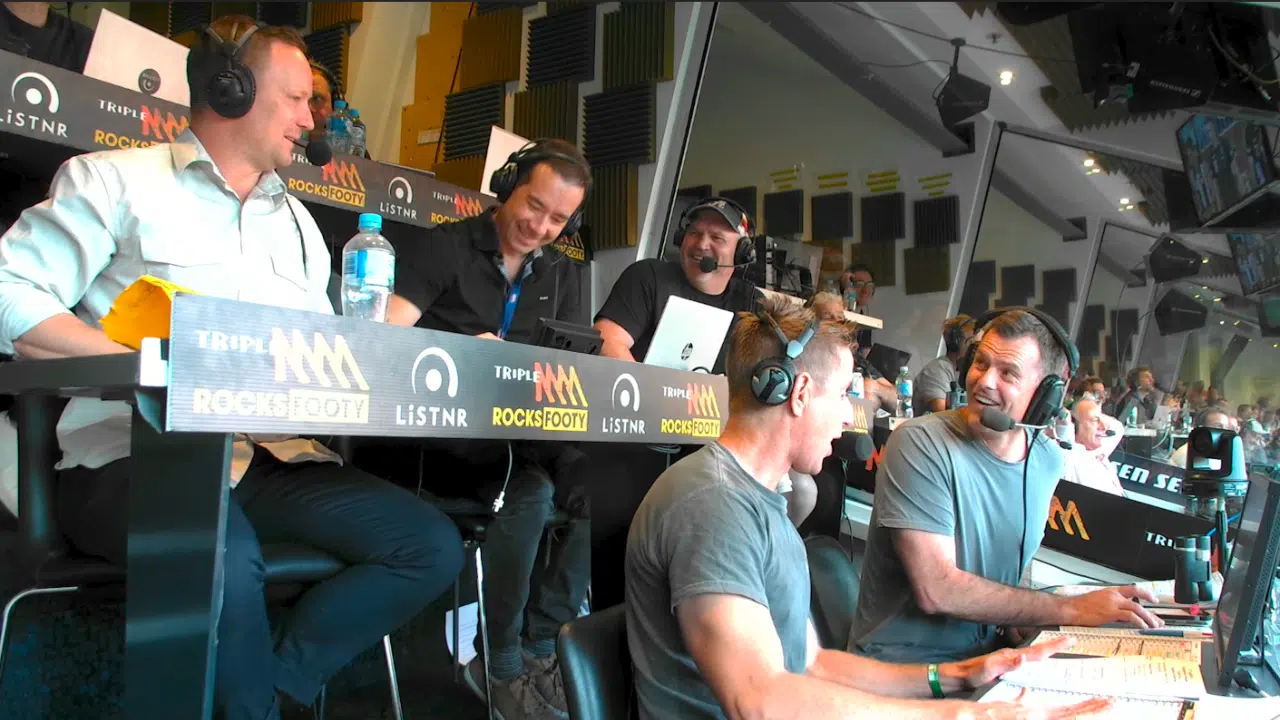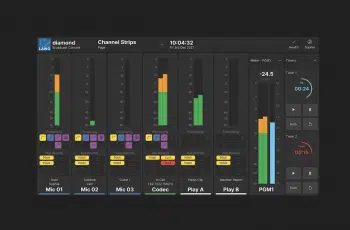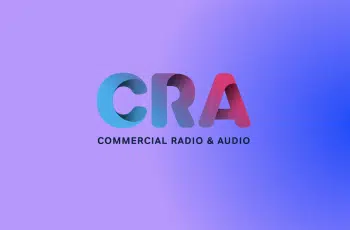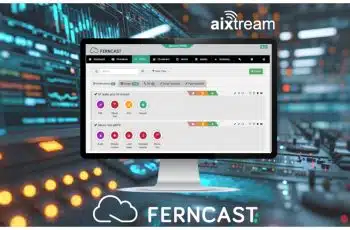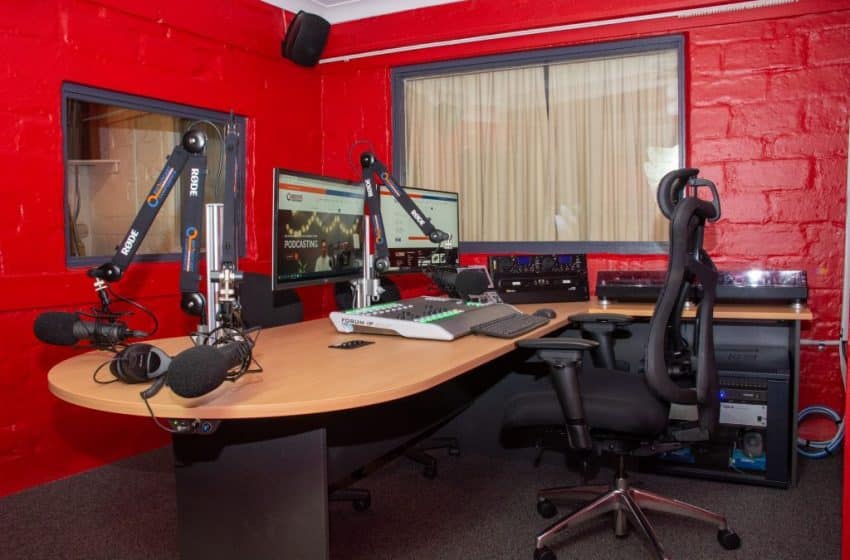
Radio 2BBB, based in Bellingen on the north coast of New South Wales, has chosen AEQ‘s IP technology for its new studios. The investment in IP comes at a critical time — the station is the last remaining source of local news for the area following the closure of the region’s newspaper. Like many other remote places in Australia, the last few years have been plagued by fires, floods and problems with the COVID-19 pandemic, highlighting the need for better communication within the territory.
The station’s governing board invited AEQ’s local partner in Australia, Broadcast Components, to design and quote for the construction of two studios. The company says the brief included the following:

• Simple integration and the ability to grow further according to the station’s requirements.
• Improved telephone capabilities to lower operating costs.
• Remote broadcasting equipment for easy coverage of outdoor events.
• Implementation in stages to allow for training and problem-solving prior to handover.
• Detailed training plan for all Radio 2BBB staff, including technicians, operators and journalists.
The new studios each feature an AEQ Forum Lite digital mixing console and an AEQ Systel-IP16 IP telephony system. The AEQ Forum Lite incorporates all the essential features required in this type of environment, including automatic monitor cut, cough cut, fader start, signaling control, control signals for automating external equipment, external communications management and intercommunication.
The entire Broadcast Components technical team installed, wired and configured Studio 2 while Studio 1 continued with programming as usual. Thereafter they replicated the layout in Studio 1 to allow easy contribution from both studios and efficient handover from one to the other.
The station broadcasts using the main 93.3MHz transmitter (via an 850 MHz analog STL link) and an off-air relay on 107.3 MHz. Broadcast Components implemented an IP codec backup to provide signal continuity so there is no single point of failure for FM transmission, and the secondary frequency is not dependent on the primary frequency. The AEQ Venus codec network transmits a replica of the station’s content, or in a catastrophic situation (where the station is down and inaccessible), the AEQ Talent can remotely transmit directly to the transmitter.



